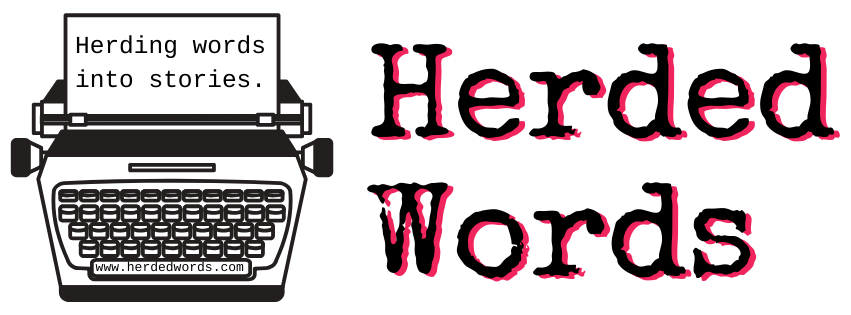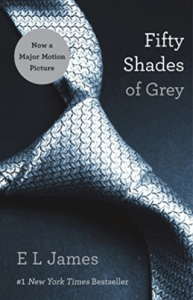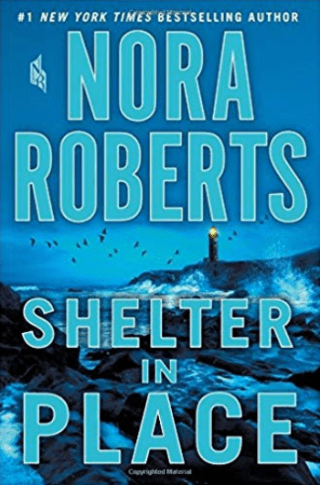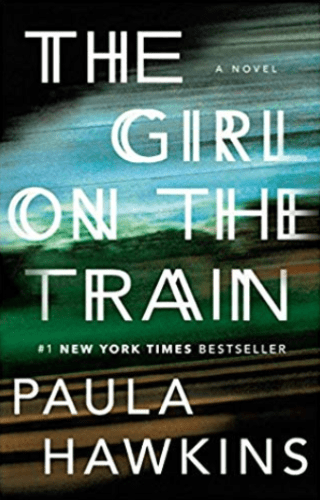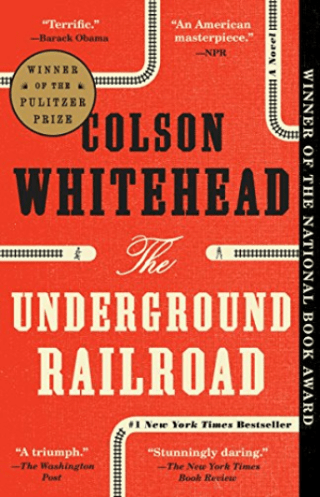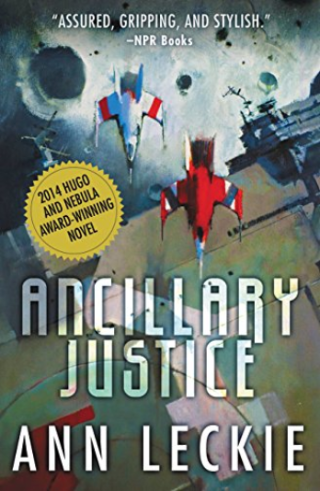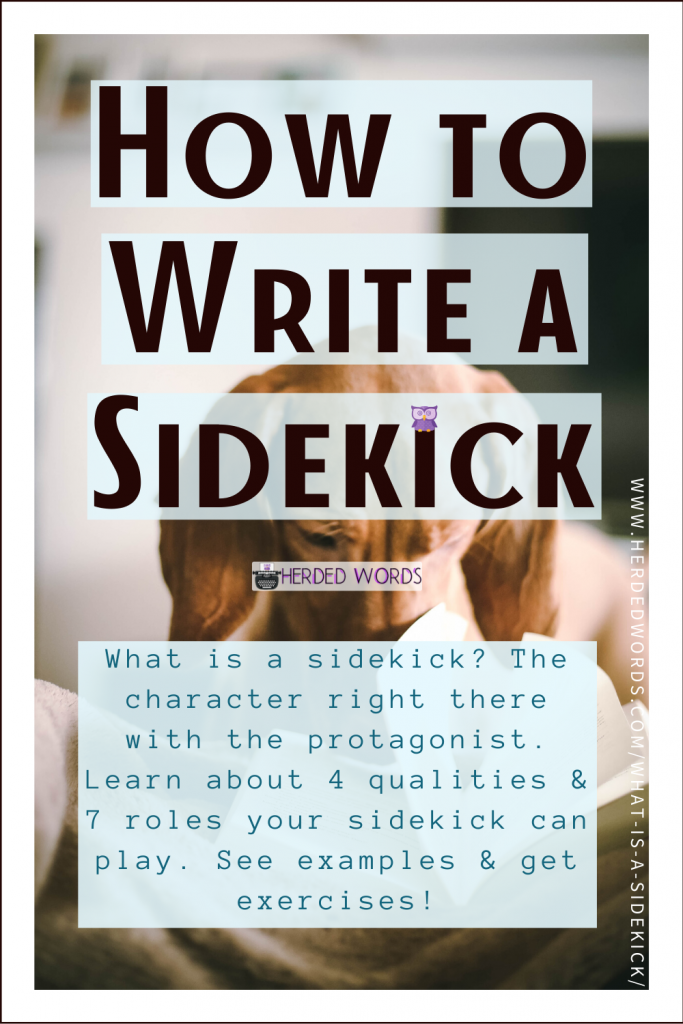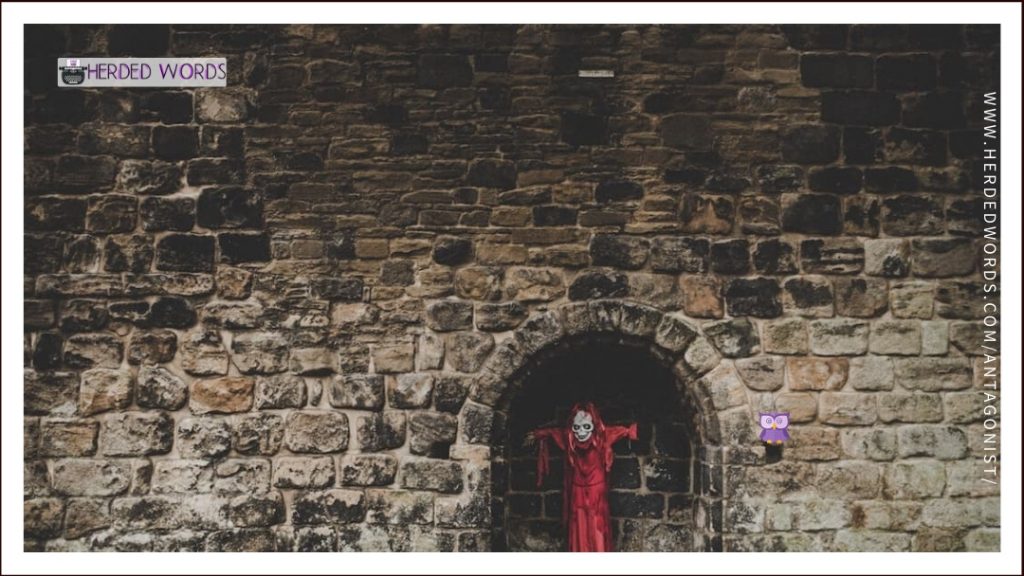
Listen to this post
Herdedwords.com uses affiliate links. This means we receive a commission on the sale of certain items. This is at NO additional cost to you. Visit the policies page to learn more.
A bad antagonist can ruin an otherwise great novel. Don’t’ let that happen to you!
Table of Contents
What is an Antagonist?
An antagonist is the adversary of your protagonist. An antagonist does not have to be evil (or even bad), they just have to oppose your protagonist in this story.
Four Kinds of Antagonists
There are two different kinds of antagonists – internal and external. There are three different kinds of external antagonists – evil, non-species, and anybody.
The Internal Antagonist
The internal antagonist is within the protagonist. It’s a negative feeling that the protagonist must overcome to get what they want – doubt, self-loathing, regret are all examples.
External Antagonists
There are three different types of external antagonists.
The EVIL External Antagonist
This is the stereotypical antagonist who’s evil. However, unless you’re writing about a greater being, you don’t want your antagonist to feel like a stereotype. How do you avoid that? Well, emphasize the humanity of your antagonist. They weren’t always this way. They still love (or loved) something.
The NON-SPECIES External Antagonist
The three big groups of non-species external antagonists would be illnesses, technology, and nature.
An external antagonist that isn’t a species (human, alien, whatever) presents its own set of challenges. It’s much harder to make people connect with said antagonist which leads to a much, much greater focus on the protagonist.
Usually, a novel with a non-species antagonist will use a character as a representative of the antagonist (like a sidekick antagonist).
The ANYBODY External Antagonist
Anybody could be the antagonist of your novel. If your antagonist is a person (or group of people or organization) that doesn’t fit into one of the other types of external antagonists, they belong here. The Anybody External Antagonist.
This antagonist is not going to be evil or cunning or even necessarily bad. For example, I want to build a couple of windmills on my land and my neighbor tries to prevent it. She thinks they’re loud and ugly and will devalue her property. I think they’re beautiful and will help save the earth. She’s not evil, she’s not even wrong, but she is in direct conflict with me. She’s the antagonist of my story. BUT, I’m the antagonist of HER story.
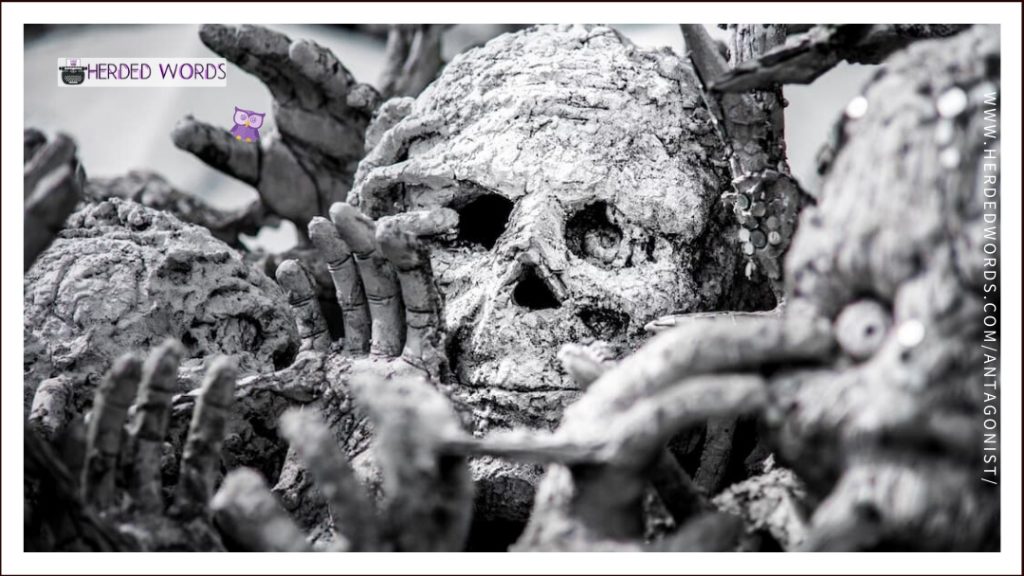
Tips for Writing Your Antagonist
Follow these five tips to write a top-notch antagonist.
#1 – Your Antagonist must be fully developed
The problem with cartoon villains is that they’re not developed. They’re the antagonist because you need one. Nobody wants to read about a placeholder antagonist.
The antagonist should be a real character – fully developed. Not a placeholder. Your reader should understand them and why they’re causing the conflict with the protagonist.
#2 – Your Antagonist doesn’t think they’re the antagonist
Every protagonist-antagonist relationship has two sides. And it’s unlikely that either side thinks they’re in the wrong. This means that the antagonist is the protagonist of their story. Mind blown?
Let’s check out an antagonist example:
This story is about a boy who learned he was a wizard. As his wizard skills improved, he longed to learn more. He began to believe that Muggles (non-magical humans) were an inferior, dangerous race and that the wizarding world needed protection from their terrible influence. And so he set out to protect the wizards even though most didn’t see it his way.
If JK Rowling was going to write the story of Voldemort, that’s how it would play out. Because Voldemort doesn’t see himself as an evil villain, he is the protagonist of his story. He thinks he’s right and any story told from his perspective would have to acknowledge that.
This doesn’t just apply to external antagonists. If an internal antagonist was given its own story, it would be the story of how right the feeling is.
If you’re going to include any writing from the perspective of the antagonist, make sure to remember this. From the antagonists’ perspective, they’re the protagonist.
#3 – Power: Not too much, not too little, make it just right
Your antagonist has to be powerful. Powerful enough that we think they can beat your protagonist. BUT, they can’t be so powerful that they’re unbeatable.
It’s a fine line to walk, but you have to find the balance between too much power and too little power. Your antagonist needs an appropriate amount of power compared to your protagonist.
#4 – The Antagonist Needs Some Wins
Your protagonist can’t win all the time or it isn’t a conflict. Your antagonist should be winning sometimes – that’s what they’re there for.
Your protagonist is probably going to win in the end but it shouldn’t feel like a foregone conclusion while reading the story.
#5 – Develop a Love/Hate Feeling
People continue reading about characters they feel strongly for. This applies to the protagonist and the antagonist. There are two common feelings associated with the antagonist – a character that people love to hate or a character that people hate to love. Strong feelings either way but completely different. These are the antagonists that people remember.
Antagonist Examples
Let’s see some antagonist examples from modern bestselling and award-winning novels.
FIFTY SHADES OF GREY
FIFTY SHADES OF GREY, published in 2011, is a romance novel by E. L. James. It’s book 1 in the Fifty Shades trilogy.
FIFTY SHADES OF GREY spent 29 weeks at #1 on the NYT bestseller list. By June 2015 it had sold over 125 million copies worldwide. The movie was released in 2015.
Antagonist: Anastasia Steele’s insecurity
The main antagonist of FIFTY SHADES OF GREY is internal. Anastasia’s insecurity is the driving antagonist of the first novel. She lacks confidence and doesn’t know what she wants.
There are conflicting opinions about the antagonist of FIFTY SHADES OF GREY.
The most common opinions include:
- Christian Grey
- BDSM
- Anastasia Steele’s insecurity
- Abuse
I feel that Anastasia’s insecurity is the antagonist of the novel. The other 3 certainly have problematic elements, but I don’t think any of them are true antagonists.
Antagonist Type: Internal
The main antagonist of FIFTY SHADES OF GREY is internal. Anastasia’s insecurity is the driving antagonist of the first novel. She lacks confidence and doesn’t know what she wants.
#1: Fully Developed
There is absolutely no doubt that Anastasia’s insecurity is fully developed. The reader is constantly reminded of just how imperfect Anastasia thinks she is.
#2: Doesn’t Think They’re the Antagonist
Anastasia never realizes that the root of her problems is her insecurity.
#3: Appropriate Power
Insecurity can hold massive amounts of power over people. Anastasia’s is no exception.
#4: Some Wins
Anastasia’s insecurity wins a lot, regularly, almost every time.
Beautiful. I flush with pleasure. Christian Grey thinks I’m beautiful. I knot my fingers together, staring at them hard, trying to conceal my goofy grin. Perhaps he’s near-sighted, my subconscious has reared her somnambulant head. Where was she when I needed her?
#5: Love/Hate Feeling
Ana is a frustrating character at times. She should be likable but there are times the reader is going to want to shake some sense into her.
What was I thinking? Why did I let him do that to me? I wanted the dark, to explore how bad it could be – but it’s too dark for me. I cannot do this. Yet, this is what he does, this is how he gets his kicks.
Fifty Shades of Grey
SHELTER IN PLACE
SHELTER IN PLACE, published in 2018, is a romance novel by Nora Roberts.
SHELTER IN PLACE spent 1 week at #1 on the NYT Bestseller List. Between 2009 and 2018, Nora Roberts spent a total of 29 weeks at #1 on the NYT Bestseller list (16 weeks as Nora Roberts + 13 weeks as JD Robb).
Antagonist Type: Evil Antagonist (External)
SHELTER IN PLACE has a stereotypical antagonist, Patricia, who’s evil. She’s portrayed to have been born that way. Patricia makes her first appearance in chapter 6.
#1 – Fully Developed
A lot of words are given to developing Patricia as a character. Half of chapter six is devoted to her backstory and her current revenge.
#2 – Doesn’t Think They’re the Antagonist
Patricia recognizes that what she’s planning and doing isn’t acceptable to society but she feels justified. She feels like a victim and is seeking her retribution.
#3 – Appropriate Amount of Power
Patricia doesn’t have a great deal of power. She’s smart, cunning, and (luckily) her family has some money which grants her a lot of freedom.
#4 – Some Wins
Patricia successfully gets away with murdering several individuals.
#5 – a Love/Hate Feeling
There’s nothing but hate for Patricia. This lack of any other emotional resonance with readers is what makes her a real stereotype (and why her character might fall flat for some readers).
THE GIRL ON THE TRAIN
THE GIRL ON THE TRAIN, published in 2015, is a mystery, thriller & suspense novel by Paula Hawkins. The movie was released in 2016.
THE GIRL ON THE TRAIN spent 26 weeks at #1 on the NYT bestseller list. It had sold an estimated 15 million copies worldwide by October 2016.
Antagonist Type:
Tom Watson is the antagonist in THE GIRL ON THE TRAIN. He is the ex-husband of the protagonist (Rachel).
#1 – Fully Developed
Tom doesn’t appear in the story a lot but when he does, he’s clearly a complex character.
#2 – Doesn’t Think They’re the Antagonist
Tom doesn’t think he’s the antagonist – he thinks Rachel and her alcoholism is the problem.
Rachel doesn’t think Tom is the antagonist – she thinks the problem is Anna (his new wife).
#3 – Appropriate Amount of Power
Tom is charismatic. Combine that with Rachel’s alcoholism and it’s easy to see why he can hold so much power over Rachel.
#4 – Some Wins
Tom appears to have the life he wants – a happy wife, a new baby. If only he could be rid of Rachel… he does have everyone convinced that Rachel is the problem and he’s just an affable guy.
#5 – a Love/Hate Feeling
Tom cheated on Rachel (hate him!) but Rachel is an alcoholic so the reader is likely to perceive Tom as the victim and probably hate (or dislike at least) Rachel.
THE UNDERGROUND RAILROAD
THE UNDERGROUND RAILROAD, published in 2016, is a historical fiction novel by Colson Whitehead. Amazon Studios is planning a limited drama series based on the novel.
THE UNDERGROUND RAILROAD won the 2017 Pulitzer Prize for Fiction and the 2016 National Book Award for Fiction.
Antagonist Type: Non-Species Antagonist (external)
THE UNDERGROUND RAILROAD makes use of a non-species antagonist: slavery. However, it’s represented by a number of people in the novel – there was almost a series of Anybody Antagonists in the book.
I think THE UNDERGROUND RAILROAD did a great job representing its antagonist. It managed to convey the terribleness of slavery without making all people representing it evil stereotypes.
Here are a few examples of the people used to represent the antagonist:
- Arnold Ridgeway: an infamous slave catcher. Ridgeway has an entire chapter (3, “Ridgeway”) devoted to telling his story. He’s a dark and twisted man who likes hunting and hurting people.
- The Randall brothers (James & Terrance): James is the “easier” brother, while Terrance is considered much crueler.
- Mrs. Garner: a petite old widow who treated her slaves really well. She taught them to read and promised to free them upon her death. A promise she broke.
#1 – Fully Developed
Yes. The book makes it clear that slavery is T E R R I B L E.
#2 – Doesn’t Think They’re the Antagonist
The people representing slavery don’t think they’re bad. Slavery is the norm in their areas and they see the non-slave states as the problem.
#3 – Appropriate Amount of Power
Yes. There’s really no explanation needed here.
#4 – Some Wins
There were wins and losses for both sides in this novel. Some big wins for slavery were the deaths of people Cora (the protagonist) became close to (Caesar, Martin, Royal).
#5 – a Love/Hate Feeling
Who doesn’t love to hate slavery?
ANCILLARY JUSTICE
ANCILLARY JUSTICE, published in 2013, is a Science Fiction novel by Ann Leckie. It’s book 1 in the Ancillary World trilogy.
ANCILLARY JUSTICE won the 2014 Hugo Award. Fox Television Studies has purchased the option to create a TV series.
Antagonist Type: Anybody External
Anaander Mianaais is the antagonist of ANCILLARY JUSTICE. She could be perceived as an evil antagonist but I feel like she was made by the split and so it was too much of a transition.
Note: ANCILLARY JUSTICE refers to all characters using female pronouns unless it’s specifically mentioned that they’re male (usually in the context of other races).
#1 – Fully Developed
Anaander Mianaais isn’t very developed. We know very little about her. She appears infrequently in the book.
#2 – Doesn’t Think They’re the Antagonist
Yes and no.
Anaander Mianaais’ has split into two factions. One is “good” and the other is “bad.” The characters (and reader) have no way of knowing which is really which – or even if the “good” Anaander is actually good.
But, both factions think they’re doing the right thing. So nobody thinks they’re the antagonist.
#3 – Appropriate Amount of Power
Anaander Mianaais is Lord of the Radch. She’s the leader, founder, and most powerful person. This would be an unbeatable amount of power for an antagonist. It’s been reduced because she’s split into two factions that are working against each other.
The two factions are either blind to each other’s thoughts and blinded from their ancillaries OR the two factions are aware of each other’s thoughts and actions.
This split makes Anaander both very powerful and very weak.
#4 – Some Wins
The Anaander Mianaais’ have many wins – the biggest being the destruction of Justice of Toren. A huge amount of the novel is devoted to telling that story.
#5 – a Love/Hate Feeling
It’s easy to hate her – especially after the destruction of Justice of Toren.
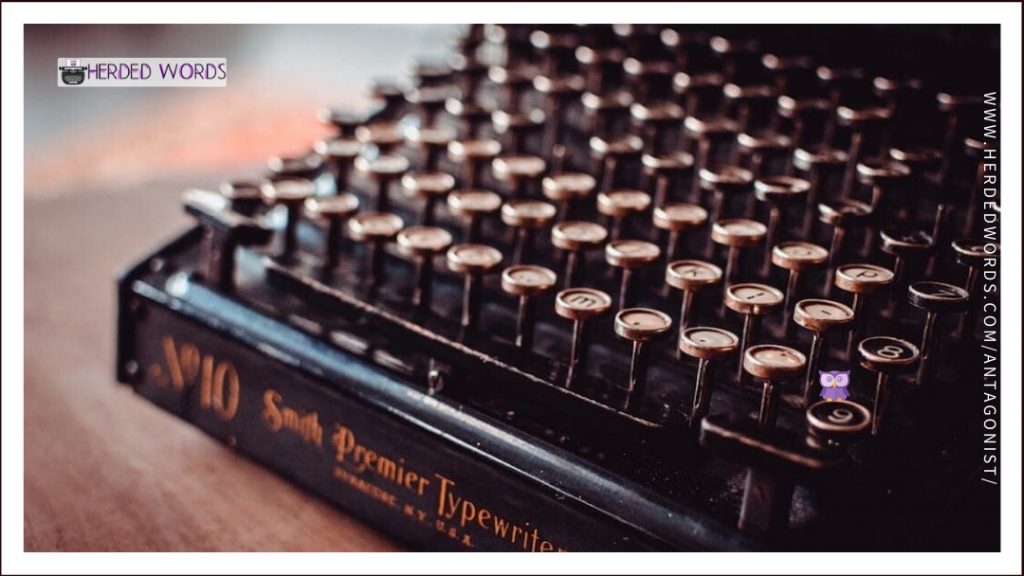
Antagonist Writing Practice
How are you going to become a better writer? By practicing! Check out these writing exercises and prompts and starting mastering the antagonist today.
Exercise: Analyze More Novels
Every genre will be a little different. Choose some of your favorite novels and some novels in the genre you want to write in (if they’re different). Analyze the antagonist of each novel.
- What type of antagonist does the book have?
- Is the antagonist fully developed? Why or why not.
- How does the antagonist see herself? Does she view herself as the antagonist?
- How much power does the antagonist have? Is it the right amount? Why or why not.
- Describe some wins (and losses) the antagonist experiences in the story.
- How do you think readers will feel about the antagonist?
Exercise: Analyze LITTLE RED
LITTLE RED-CAP features Red as the protagonist and the wolf as the antagonist. Answer these questions about the wolf as the antagonist.
- What type of antagonist is the wolf?
- Is the wolf fully developed? Why or why not.
- How does the wolf see himself? Does he view himself as the antagonist?
- How much power does the wolf have? Is it the right amount? Why or why not.
- Describe some wins (and losses) the wolf experiences in the story.
- How do you think readers will feel about the wolf?
Exercise: Adapt LITTLE RED
Now that you understand the role the wolf played as the antagonist, it’s time to reimagine the story. Think of the story from the perspective of the wolf – he’s the protagonist now. Who becomes the antagonist? How does that story work?
Your task: answer the questions from Exercise 1 for the new antagonist. Then, write a scene of at least 400 words for this new story.
Prompt:
Every time your character gives someone a penny, they can read their thoughts. This only works for your character and nobody knows.
Your task: Write a scene of at least 400 words featuring an antagonist.
Writing Notebooks for Practice
If you’re like me and you want to handwrite your practice, check out these fun and cheap notebooks!
Try keeping a notebook full of antagonist examples (from the analyzing exercise above) that you can reference when writing your own antagonists!
Who’s Your Baddie?
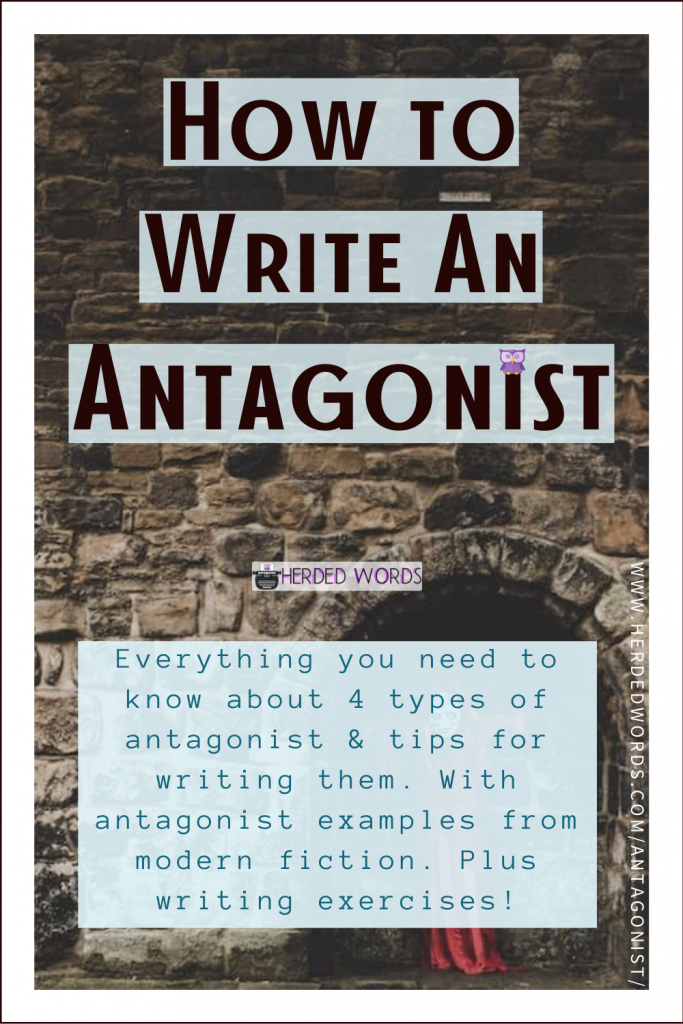
It is time for you to go forth and write antagonists of your own.
Remember: Antagonists are real characters (whether they’re people or not). Treat them like such.
When you’re ready for more characters, you should check out How to Write a Sidekick next.
Like this post? Please PIN IT and follow me on social media. Thanks!
